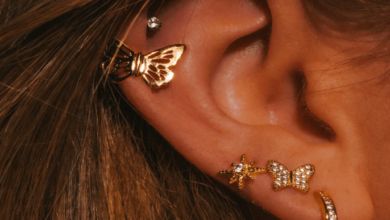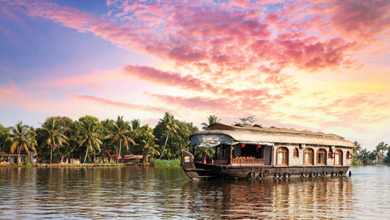How to Choose the Right Material for Your Custom Cornhole Boards

As much as you may want to make your cornhole boards, there is a tremendous difference when it comes to choosing the right material for your boards. The type of material used has a direct effect on the shelf life of the boards, the slickness of the game as well as the appearance of the boards. If you’re installing cornhole boards for casual fun, to create a backyard game area, or for serious competitions, it’s important to consider your options.
Studying the strengths and weaknesses of different materials will help you make the best choice for your needs.
Here are some of the most common material options and how to select the right one for your custom cornhole boards.
Plywood: The Classic Choice
Of all the materials that have come to be used to make personal cornhole boards, plywood stands out as the best because of its endurance and cost efficiency. Still, it can take the wear and tear that comes with using it often. To achieve these objectives, a high-quality of plywood board guarantees that bags slide well and land as expected.
When choosing plywood, it is better to select material with a thickness of no less than ½ inch to prevent it from warping in the future. If you prefer something more long-lasting, plywood is a great choice, though it may be a bit heavier than other materials, which is a factor if you’re constantly moving the boards.
MDF: Smooth and Budget-Friendly
Another suitable custom cornhole board material is medium-density fiberboard (MDF). MDF is good for this use because the underlay gives a very smooth surface to play on, which is good for those who like a precise ‘throw’. It also costs slightly cheaper compared to plywood, which makes it suitable for budget individuals as well.
Nevertheless, MDF is not as durable as plywood but it can also easily degrade in conditions of high humidity. When using MDF, it is advised to keep your boards in a dry area and the boards must be sealed to countercheck against wear and tear.
Plastic: Lightweight and Weather-Resistant
For anyone that may be interested in having their cornhole boards portable and shielded from weather elements, then the use of plastic is a good alternative. Laminated plastic boards are light and can be moved from one place to another easily and do not become spoilt by rain, sun, or even start to rot. However plastic boards may not be smooth and may not present the same quality of surface that is presented by wooden boards.
That means bags tend to slide, or even bounce at times. Nevertheless, plastic boards have their own drawbacks, but they are perfect for those, who need boards to be portable and weather-resistant.
Conclusion
As much as it’s fun to play Cornhole, selecting the right material for your custom Cornhole boards is crucial for fun gameplay as well as durability. Plywood, as the core material for the playing surface, offers durability and smoothness, making it a solid choice. MDF is more budget-friendly with a good playing surface, while plastic has the advantage of being weatherproof and easy to transport.





